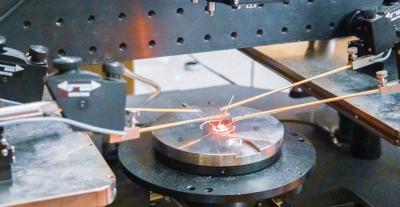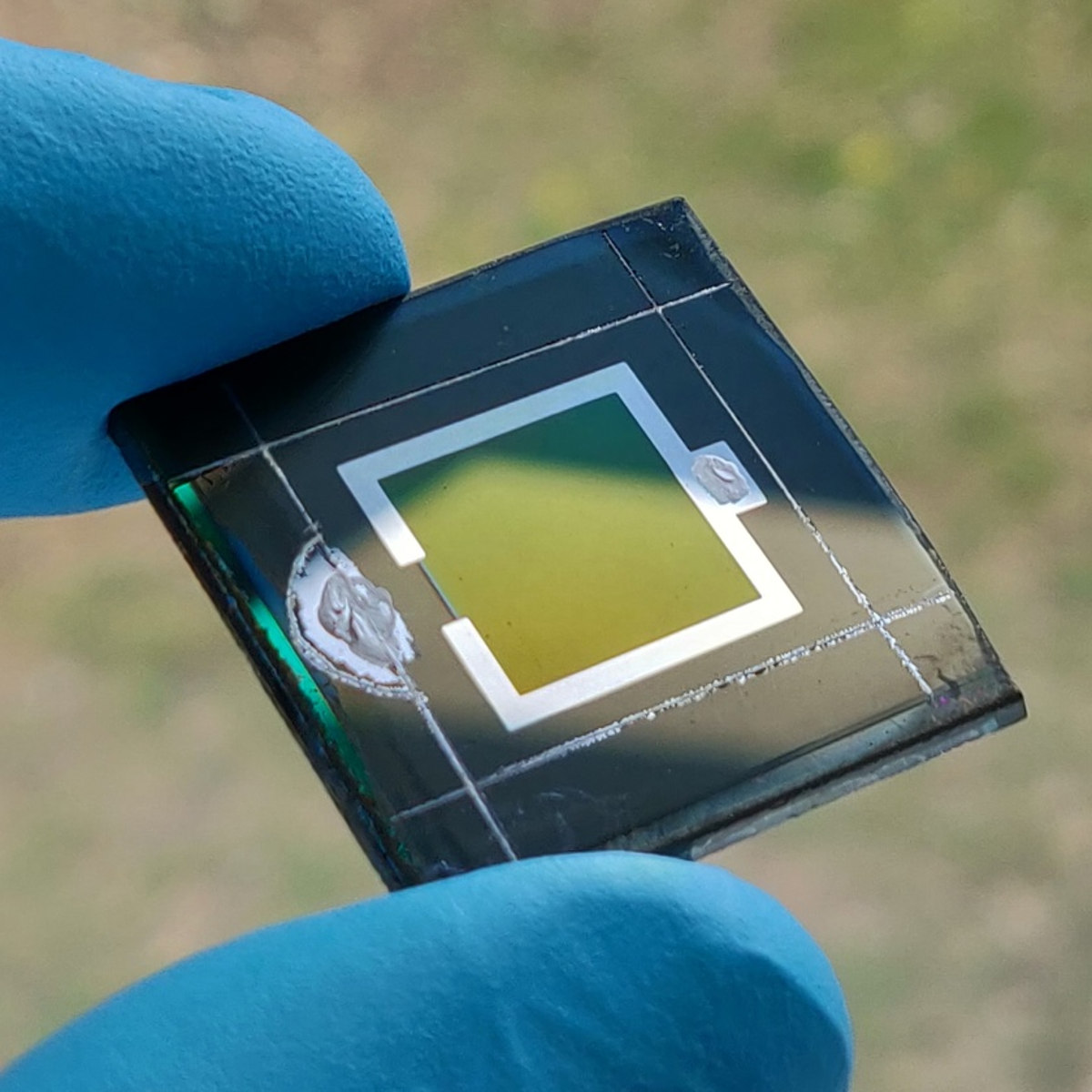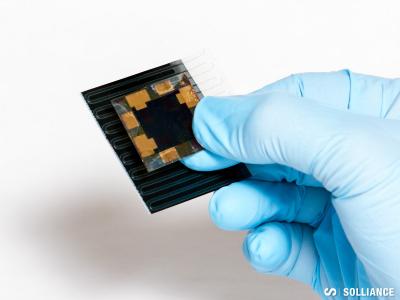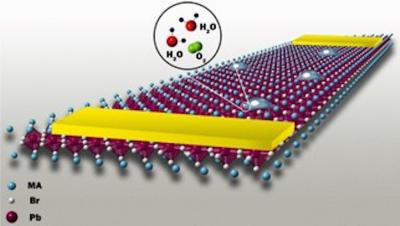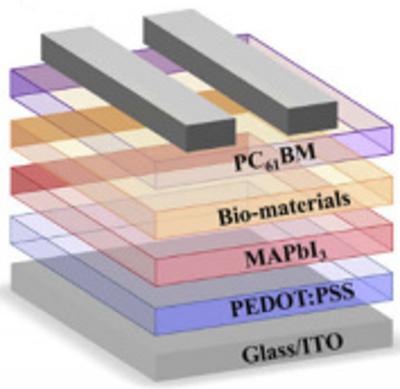MIT team uses perovskite PV to power “internet of things” sensors
MIT researchers have designed perovskite photovoltaic-powered sensors that could potentially transmit data for years before they need to be replaced. To this end, the team mounted thin-film perovskite cells as energy-harvesters on inexpensive radio-frequency identification (RFID) tags.
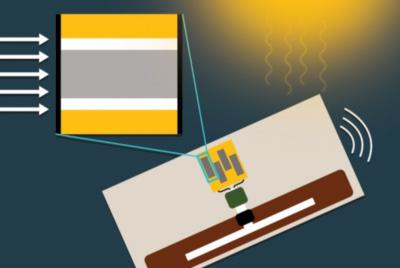
The cells could power the sensors in both bright sunlight and dimmer indoor conditions. Moreover, the team found the solar power actually gives the sensors a major power boost that enables greater data-transmission distances and the ability to integrate multiple sensors onto a single RFID tag.
